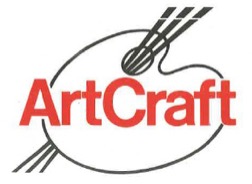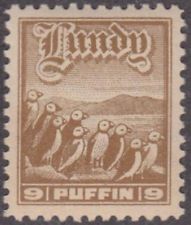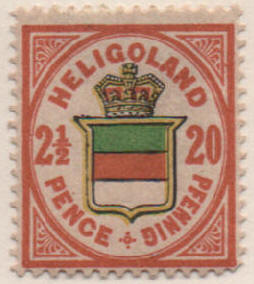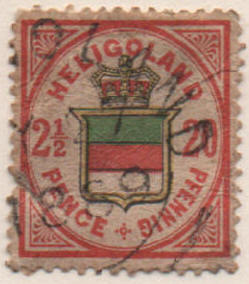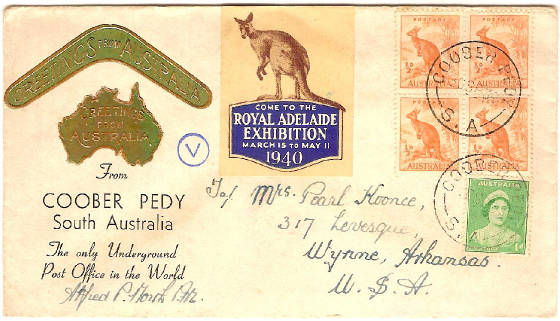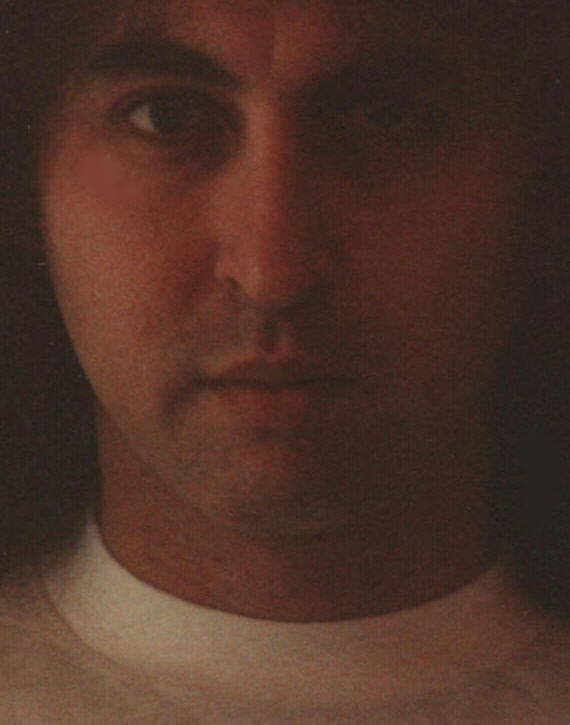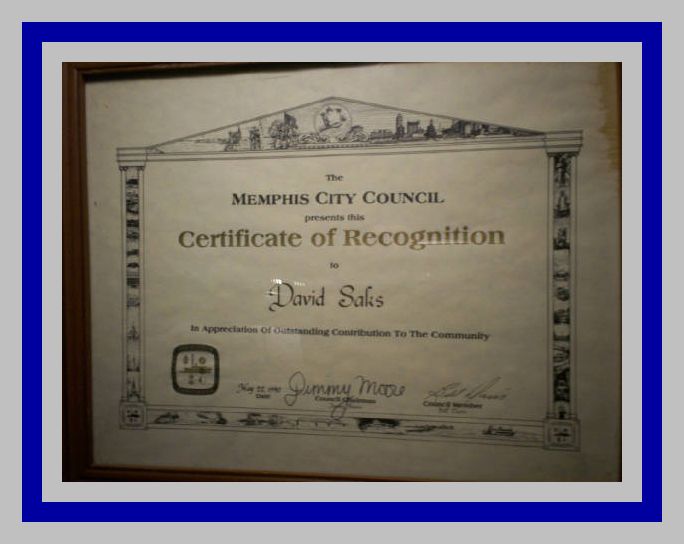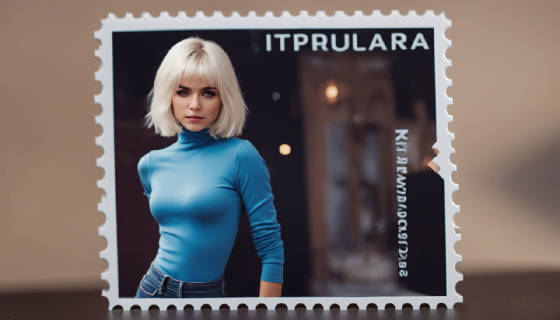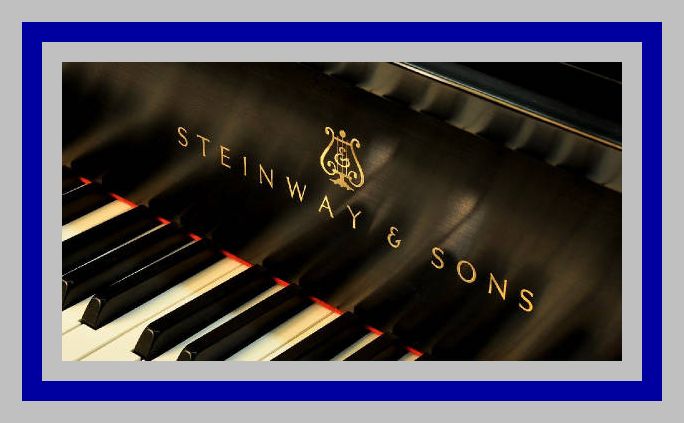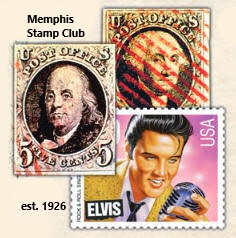|
Wednesday, December 27, 2017
The Stamps of Heligoland - "Holyland" Helgoland (Heligoland to the English and on the stamps) is located
in the North Sea about 30 miles from Schleswig-Holstein and sixty miles from the great Elbe river port of Hamburg.
It was taken from the Danish and given to the British as a part of the settlement following the Napoleonic wars.
While the British used it for its naval facilities and tourism, it was mainly inhabited by local fisherman and
farmers. Scott Catalog numbers 1 through 21 are represented here, 1867
to 1888. 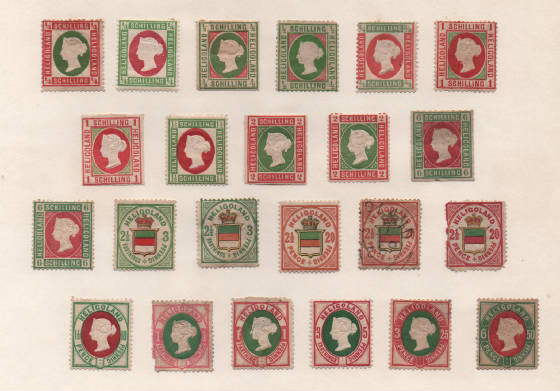
Stamps were issued for
"Heligoland" from 1867 through 1890 under a complex arrangement between the British and the Germans. The
postal administration was tied to Hamburg and to Germany after the unification in 1872. Stamps were printed by
the Prussian printing office, which became the Reich Druckerei after unification, for German speaking people, but the
stamps continued to feature the profile of Queen Victoria. From 1875 its
postage stamps were denominated in both sterling and gold marks. 
In 1890 the British conveyed
the island to Germany in exchange for some African territory. Heligoland came under the Reich postal administration
and began to use the stamps of Germany. As a result of this change, Heligoland
stamps became the past issues of a "dead territory" and very collectable. 
There were more than twenty reprintings of the stamps for collectors in the nineteenth century, some of them
official, some semi-offical, and a few restricted to private printings. Very few of the reprintings were actually "forgeries."
A million and a third valid stamps were printed for use, but only about half of them were used. The rest were
bought for resale to collectors. There were between five and seven million reprints depending on the source of confirmation.
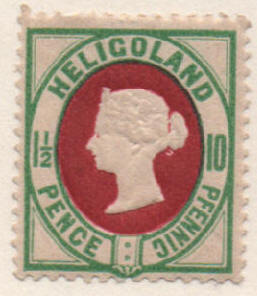
The islands, with a population 1,127, are located in the Heligoland Bight which
are part of the German Bight in the southeastern corner of the North Sea. They are the only German islands not in the immediate
vicinity of the mainland. They lie approximately 69 kilometres (43 miles) by sea from Cuxhaven at the mouth of the River Elbe. 
All Heligoland stamps are scarce, even the reprints if you're lucky enough to
discover them. However, please remember that forged cancellations are numerous
because of the extreme rarity of Heligoland cancels. Have them expertised by the Amarican Philatelic Society expertising service,
Stamps.Org. I'm delighted to share 22 unused examples, and one cancelled,
from my collection with you. It's unkonwn at this time if they're reprints, forgeries
or original. In 1906 Arthur Wülbern published a little book called ORIGINALE
UND NEUDRUCKE VON HELGOLAND. Original
and Reprints of Heligoland. To quote the late Mr. Wülbern:
Reprint: "That word alone is a horror for many collectors, for
beneath the mask of originals creep the bastard stamps which appear as legitimate parts of a collection.
Perhaps in no Country do reprints play such a large, remarkable and dangerous role as in Heligoland. One might
expect Heligoland reprints to show weak embossing, junky printing, etc. and therefore be easily distinguishable.
On the contrary, however, the reprints (especially the Berlin reprint of the 6 Schilling stamp) appear
more professionally done and aesthetically attractive than the orginals. It must be mentioned that one of the main methods of recognition, sometimes
the only method, is by examining the stamp colors. Since Heligoland stamps display two or sometimes three colors,
identification is made easier; but on the otherhand the many printings of the originals make identification
more difficult and this difficulty is made greater by the varieties of issues of reprints. In any case,
this area is one of the most difficult in Philately." It's
believed that the name Heligoland in origin means "Holy Land" (the modern Dutch and German heilig, "holy").
Several alter native theories have been considered throughout centuries, explaining that it's the name of the Danish king
Heligo or from the ancient Frisian Germanic word hallig, meaning "salt marsh island".
The 1911 Encyclopædia
Britannica suggests an etymology of "Hallaglun, or Halligland, i.e. 'land of banks, which cover and uncover'".
I believe that Heligoland translated is "Holyland".
Sunday, December 24, 2017
The Socialist Party Ticket - Memphis 1920Eugene Victor Debs (November 5, 1855 – October 20, 1926) was an American union leader,
one of the founding members of the Industrial Workers of the World (IWW or the Wobblies), and a five-time candidate of the
Socialist Party of America for President of the United States.
On June 30, 1918 Debs was arrested and charged with
sedition and went to prison on April 13, 1919.
He ran for president of the United States from his prison cell and
received nearly a million votes.
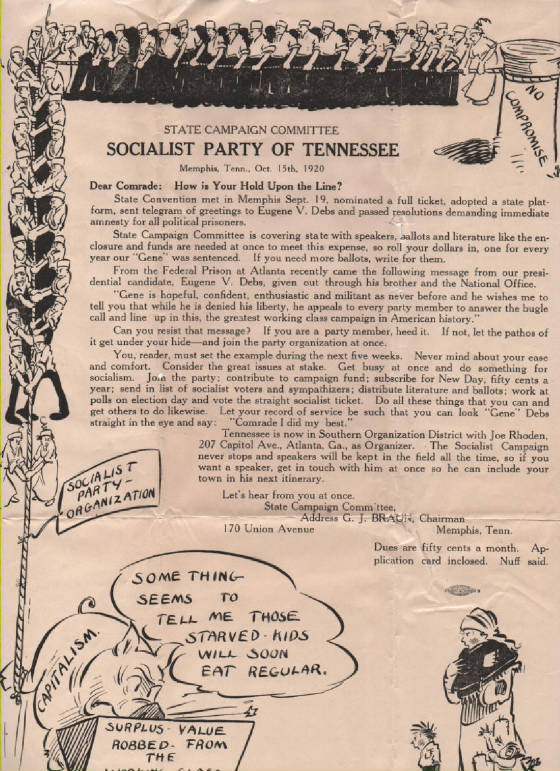 The Socialist Party of Tennessee had an active chapter in Memphis. 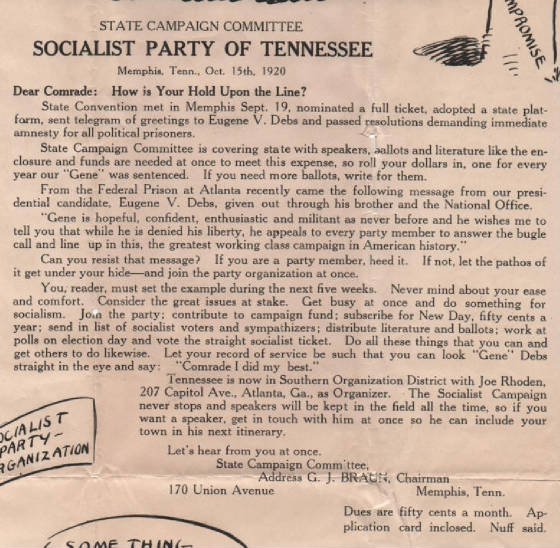
This rare brochure, part of my collection, was a appeal to voters to support
the Socialist Party Ticket. 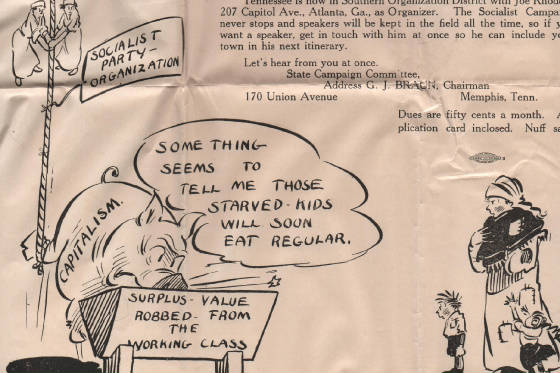
It was printed in Memphis on October 15th, 1920.
Friday, December 15, 2017
Return of the Wright Flyer - December 17, 1949On December 17, 1903, Orville Wright piloted the first powered airplane 20 feet above a
windy beach in North Carolina. The flight lasted 12 seconds and covered 120 feet. Here's
a first day cover from my collection that commemorates the 46th anniversary of that flight and heralds the return of the The
Wright Flyer 1, the first successful heavier-than-air powered aircraft designed and built by the Wright brothers. They flew
it four times on December 17, 1903, near Kill Devil Hills four miles south of Kitty Hawk, North Carolina, US. Today, the
airplane may be seen at the National Air and Space Museum in Washington D.C. 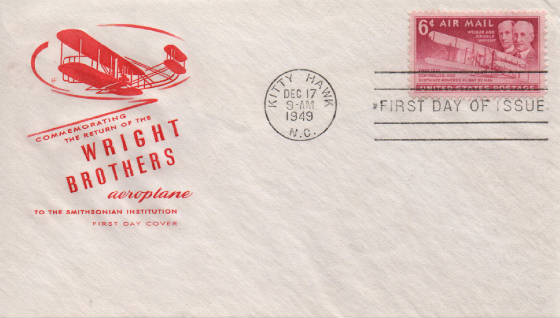
Scott #C45 airmail, The Wright Brothers Issue, is tied to the first day cover
by the first day bar cancel in addition to the Kitty Hawk, North Carolina circular date stamp of December 17, 1949, 9-AM.
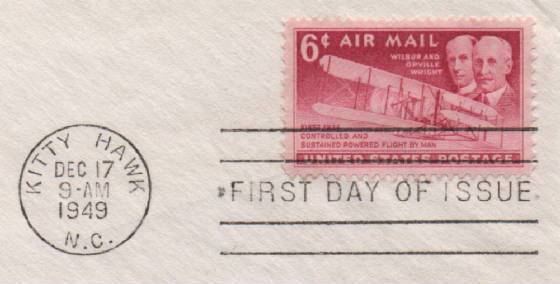
And the great cachet. 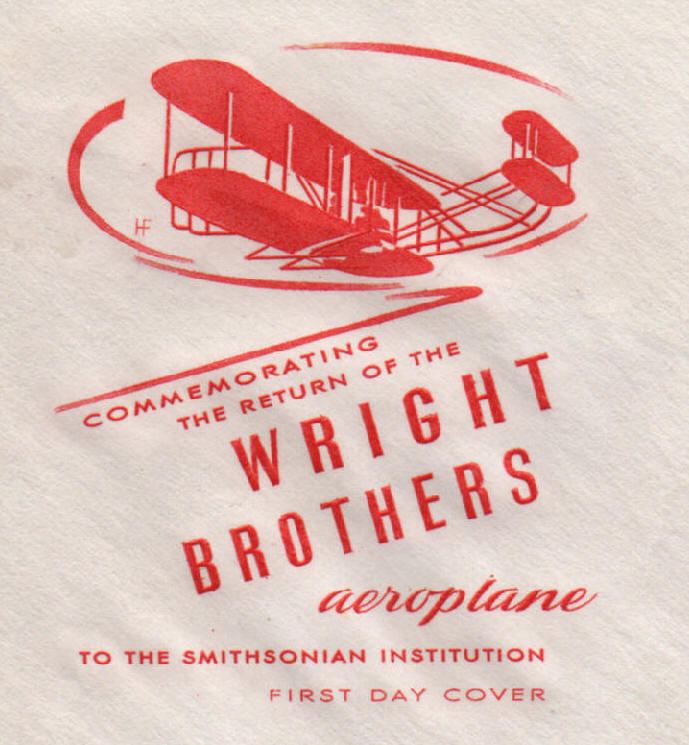
This is a House of Farnum cachet. Notice the initials "HF" at the bottom
left of the lower wing. Great example of historic aviation philately !
Monday, December 11, 2017
Letter to Loretta - " I Should Worry " ???M.C. sent this postcard to Loretta Cook on May 21, 1918. The
postcard looks like it was given to M.C. by the American Red Cross, Richmond, Virginia Chapter's Canteen Committee from the
purple hand stamp to the left of the three cent violet Washington, Scott #501. He
penned his message on Monday. It was postmarked on Tuesday. "Mon. am. Am O.K. except R.R. pick. Good bye. God bless you. Write soon. Hope M.C." 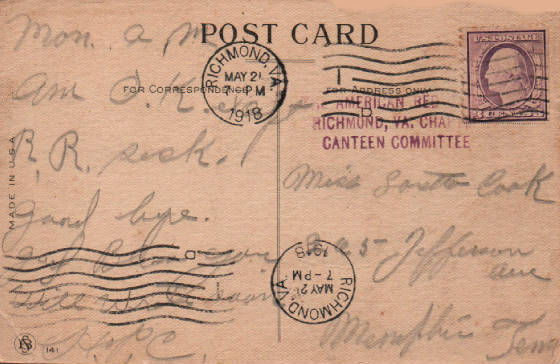
I like the dual seven line wavy machine cancellations. The top cancel on the
stamp and the upside down bottom cancel. Wonder why the card went through the machine twice ? Here's a better look at Scott #501, the upper right machine cancel and Red Cross handstamp. The seven bar machine cancel is most likely a Universal Machine Cancel which entered into use in
1909. 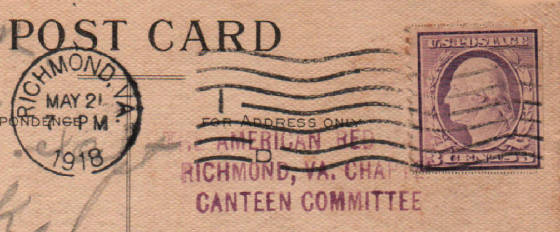
And the piece de resistance: 
What in the hell does it mean ? " I should worry become a hunter and catch
a deer " ??? It means that he's worried that his lover will cheat on him
while he's away at war and that the only thing he can do is bag a cervid instead of a trophy wife after she shafts him.
Tuesday, December 5, 2017
Letter to Loretta - The Jewish Welfare Board 1919The first world war was over, but the agression still lingered. Loretta Clark lived in Memphis and corresponded with soldiers. She
got this postcard from a jewish soldier, a member of the First Company, Regiment 11, in 1919 after he had returned to America
on the U.S.S. South Dakota on July 19th, 1919. The ship was anchored in Hempstead,
New York on the Atlantic Ocean. 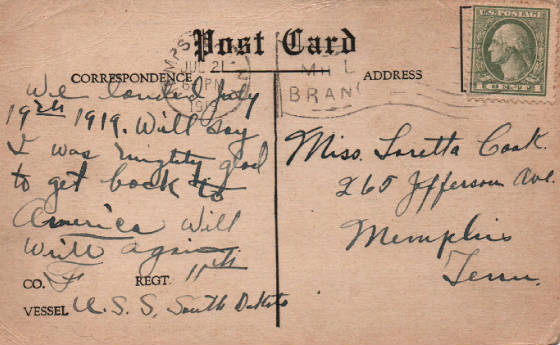
"We landed July 19th, 1919. Will say I was mighty glad to get back to America.
Will write again." The stamp, Scott #498, is tied to the postcard by the
Hempstead, New York, July 21, 1919, 6PM, circular date stamp and military flag wavy machine cancellation. 
This scarce postcard was provided to our jewish soldiers and others by theJewish
Welfare Board, United States Army and Navy, for soldiers arriving on U.S. shores and in this case returning to Camp Mills
Long Island, New York. 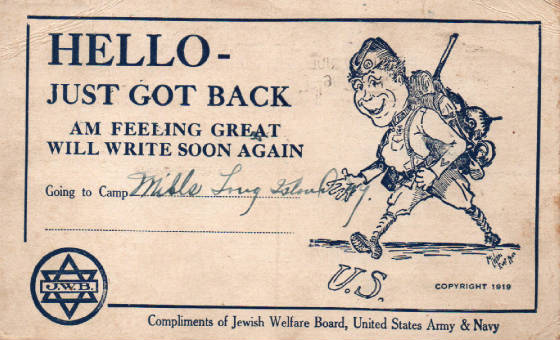
I'm proud to have this fine postcard in my collection.
|

